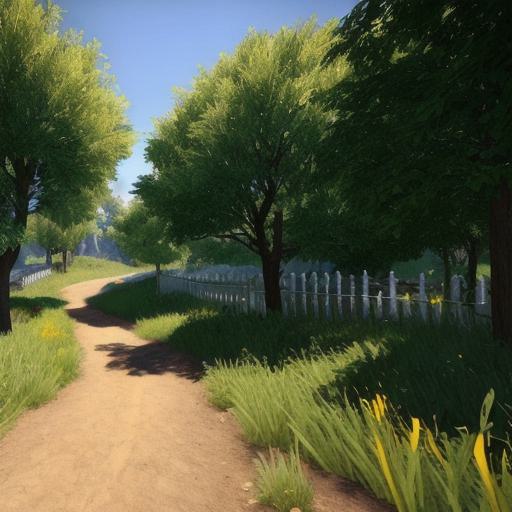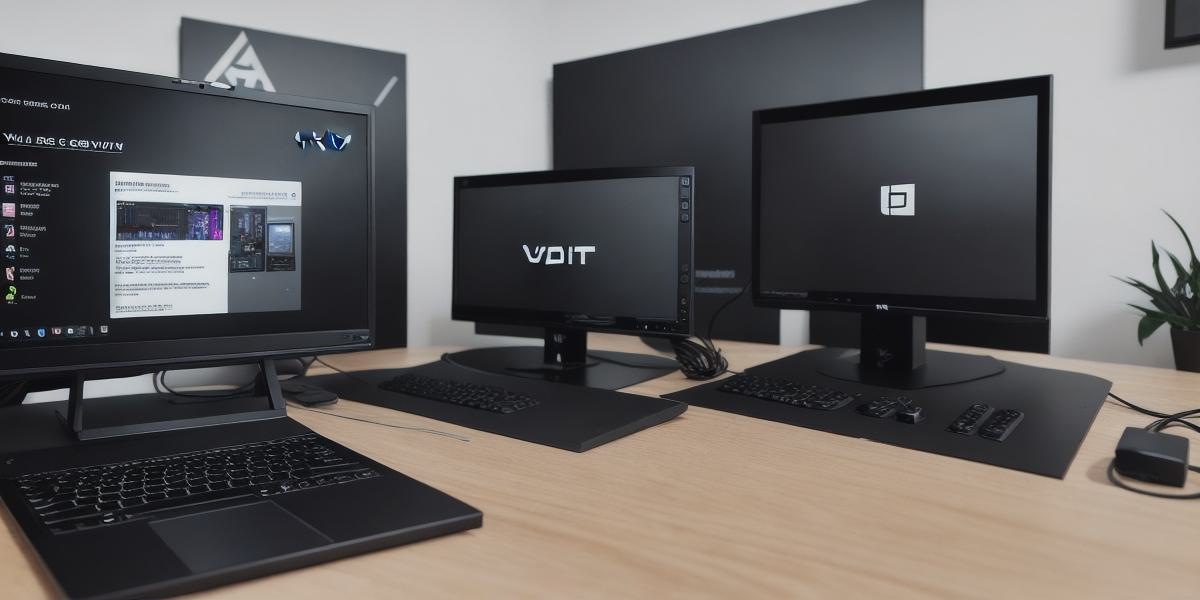Virtual reality (VR) technology has been rapidly evolving over the past few years, and it’s no surprise that many developers are eager to get started with creating VR experiences. One of the most popular and powerful tools for VR development is Unity, a cross-platform game engine that allows developers to create immersive experiences for a wide range of devices, including PCs, smartphones, and VR headsets.
In this guide, we’ll take a closer look at the minimum and recommended PC requirements for Unity VR development, as well as some best practices for optimizing your performance and ensuring a smooth VR experience.
Minimum PC Requirements for Unity VR Development
While Unity is designed to be accessible to developers of all skill levels, it does require a certain level of hardware power to run smoothly, especially when developing for VR. Here are the minimum PC requirements for running Unity VR development:
- Processor: Intel Core i5-4590 or AMD FX 8350
- Graphics card: NVIDIA GTX 970 or AMD Radeon R9 290
- RAM: 4 GB or more
- Storage: 8 GB or more (SSD recommended)
It’s worth noting that these requirements are for the lowest-end VR headsets currently available on the market, such as the Oculus Rift and HTC Vive. If you plan to develop for higher-end devices, you may need more powerful hardware.
Recommended PC Requirements for Unity VR Development
While the minimum requirements are a good starting point, developers who want to create high-quality VR experiences will likely need more powerful hardware. Here are some recommended PC requirements for running Unity VR development:
- Processor: Intel Core i7-4790K or AMD FX 8350X
- Graphics card: NVIDIA GTX 1070 or AMD Radeon RX 480
- RAM: 8 GB or more (16 GB recommended)
- Storage: SSD with at least 256 GB of free space
These requirements are for mid-range VR headsets such as the Oculus Quest 2 and HTC Vive Pro. Again, if you plan to develop for higher-end devices, you may need even more powerful hardware.

Optimizing Your Performance for Unity VR Development
While the PC requirements are an important factor to consider when developing for VR, there are also several other factors that can affect your performance and overall experience. Here are some tips for optimizing your performance:
- Use a high-quality graphics card: The graphics card is one of the most critical components for VR development, as it handles the rendering of your environment and objects in real-time. Investing in a high-end graphics card can greatly improve your performance and provide a smoother experience.
- Keep your hardware up to date: VR technology is constantly evolving, and new hardware updates are released regularly. Make sure to keep your PC and graphics card up to date with the latest drivers and firmware to ensure optimal performance.
- Optimize your scene for VR: When developing for VR, it’s important to optimize your scene for the unique needs of the technology. This includes reducing the number of objects in your scene, using lower-poly models, and minimizing texture sizes.
- Use a high refresh rate monitor: A high refresh rate monitor can help reduce motion sickness and provide a smoother experience. Aim for at least 120 Hz if possible.
- Use VR-specific settings: Many graphics cards have VR-specific settings that can help optimize your performance for VR development. Make sure to enable these settings in your graphics card driver.
Real-Life Examples of Unity VR Development
Unity is a popular choice for VR development due to its flexibility, ease of use, and wide range of support for different devices. Here are some real-life examples of Unity VR development:
- "Beat Saber" by Beat Games: Beat Saber is a rhythm game that uses VR technology to create an immersive and engaging experience. The game was developed using Unity and has been widely praised for its smooth performance and intuitive controls.
- "The Room VR: A Puzzle Adventure" by Fire Maple Games: The Room VR is a puzzle adventure game that uses VR technology to create a sense of presence and immersion. The game was developed using Unity and has been praised for its challenging puzzles and engaging story.
- "Tilt Brush" by Google: Tilt Brush is a virtual reality painting app that allows users to create 3D art in a VR environment. The app was developed using Unity and has been widely praised for its intuitive controls and realistic rendering.
FAQs
Q: What are the minimum PC requirements for running Unity VR development?
A: Intel Core i5-4590 or AMD FX 8350, NVIDIA GTX 970 or AMD Radeon R9 290, 4 GB or more RAM, and 8 GB or more storage.
Q: What are the recommended PC requirements for running Unity VR development?
A: Intel Core i7-4790K or AMD FX 8350X, NVIDIA GTX 1070 or AMD Radeon RX 480, 8 GB or more RAM (16 GB recommended), and SSD with at least 256 GB of free space.
Q: How can I optimize my performance for Unity VR development?
A: Use a high-quality graphics card, keep your hardware up to date, optimize your scene for VR, use a high refresh rate monitor, and use VR-specific settings in your graphics card driver.
Q: What are some real-life examples of Unity VR development?
A: Beat Saber by Beat Games, The Room VR: A Puzzle Adventure by Fire Maple Games, and Tilt Brush by Google.
